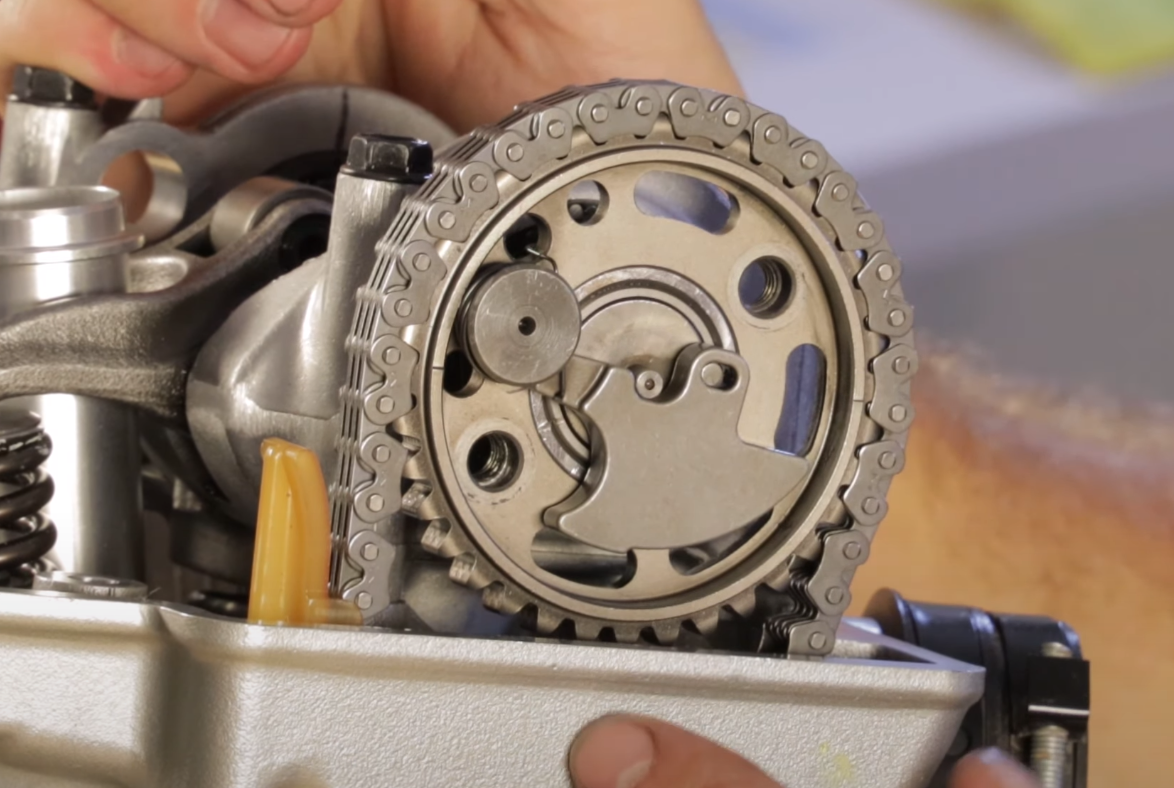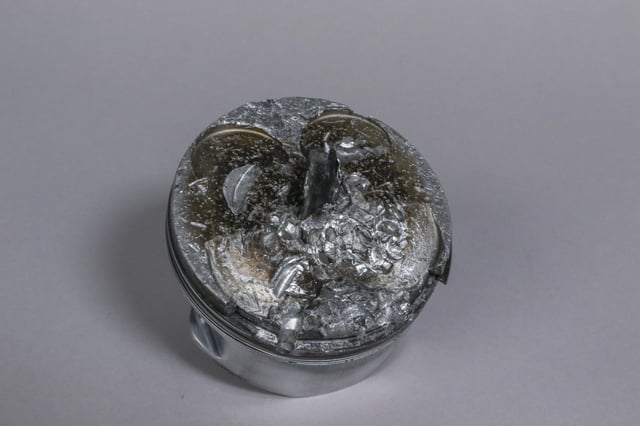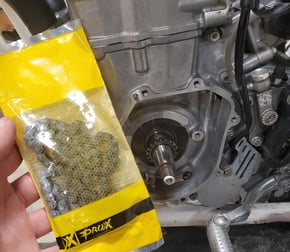Have you ever thought about the importance of your four-stroke engine’s cam chain – also referred to as a timing chain – and what would happen if it broke? The cam chain is one of those all-too-often glossed over parts that make many four-stroke engines run, but often isn’t discussed from a maintenance standpoint. In this article, we’re going to dive into all things cam chain related, covering topics from what it does, what happens when it fails, what diagnostic checks you can perform, replacement tips, and where to get new cam chains.
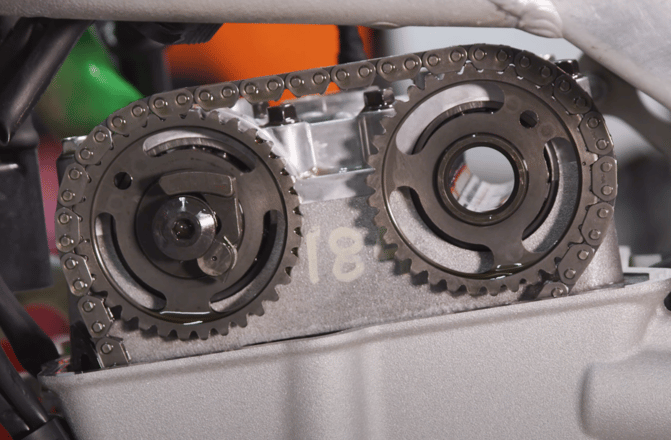
What does the cam chain do?
The cam chain synchronizes the rotational motion of the crankshaft with the reciprocating motions of the piston, intake valves, and exhaust valves so that each of the engine’s four strokes can be precisely controlled. Most engine manufacturers gravitate to similar architectures to control timing, where one side of the engine is dedicated to valvetrain control. In these types of arrangements, the crankshaft provides power to the cam chain through a gear. From the crankshaft gear, the cam chain is routed to one or two cam gears, depending on the engine, and guided back down to the crank gear. A cam chain tensioner and pair of chain guides are also part of the system. The cam chain tensioner mounts between the crank gear and last cam gear in the system to ensure the chain remains at constant tension.

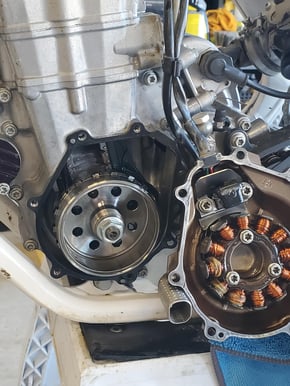
What happens if the cam chain fails?
When the cam chain fails, catastrophic engine failure typically results. The resulting damage that occurs depends on where the engine was operating at, at the time of failure, and whether you’re lucky or unlucky. Usually, failures occur when the engine is under the most stress, which correlates to high RPM and load operation. In the worst case, loss of valvetrain control occurs, and the valves ultimately crash into the piston. Often, the piston cannot endure the damage inflicted upon it by the valves, so it also fails, which causes the connecting rod to flail around inside the crankcases. The crankcases weren’t designed to contain an unconstrained connecting rod, so they also fail, allowing the internals of the engine to see the light of day. All of these events occur in the blink of an eye, leaving the rider helpless in the situation and their wallets dreading the repairs to come.
How does the chain fail?
The cam chain itself doesn’t usually outright fail, meaning the chain doesn’t become unconnected and fall to the bottom of the crankcase or wad up in the gears. Instead, a compromised cam chain usually allows other components to cause failures, such as the valves crashing into the pistons through the loss of timing control.
Many people discuss cam chain wear or failure in terms of chain stretch. The term “stretch” is a bit of a misnomer because the chain links themselves never elongate. To do so, the material, commonly steel alloys, would have to reach and exceed their yield strength. Instead, cam chains elongate because the elements that comprise the chain wear out beyond their normal operating tolerance, including things like the roller pins and their bores. For this article, the terms stretch and elongate are used synonymously.
In many cases, what happens to the cam chain is that it wears locally. This means that across a span of an equal number of chain links, one portion of the chain becomes longer than another. When one section of the cam chain becomes stretched, it creates a local disparity in how taught the chain is when wrapped around the gear train. The local disparity results in less chain tension for the affected section. Despite engines being equipped with automatic cam chain tensioners, the tensioners struggle to deal with the abnormalities in the chain. This allows the chain to operate with varying tension as it navigates around the gears. When the situation becomes severe enough, there won’t be enough tension in the system to keep the chain from jumping gear teeth. Once the cam chain skips gear teeth, this results in a loss of timing control, leading to valves impacting the piston.
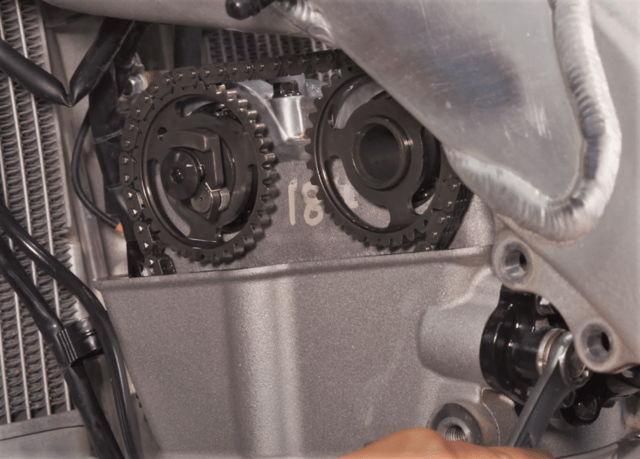
Similarly, cam chains can be run too long (no pun intended) and lengthen uniformly. Stretched cam chains can present similar problems for chain tensioners, leading to the chains skipping cam gear teeth and altering valvetrain timing.
One of the main reasons the cam chain wears is due to poor lubrication or lack of lubrication. Poor lubrication occurs when dirty oil lubricates the cam chain. The contaminants in the oil act like sandpaper and cause the chain elements to wear. Lack of lubrication, which occurs if the oil level is low in the engine, may allow the chain elements to make metal on metal contact instead of operating on a thin film of oil.
What diagnostic checks can be performed?
Inspection of the cam chain can and should occur anytime the valve clearances are checked. A few telltale diagnostic checks can be performed with the chain in place and tensioned.
- Metallic slapping - Do you hear a metallic slapping or whirling sound while your engine is running? A metallic slapping sound as the engine is revved can indicate a loose cam chain.
- Timing mark alignment - Your machine’s factory service manual details how to check and set your engine’s valve timing. A combination of alignment marks on the gears, crankshaft, and engine covers are commonly used to allow accurate checking of the valve timing. When the cam chain is elongated, the timing marks often do not align precisely. Timing abnormalities will show at the alignment marks used to set the cam gears.
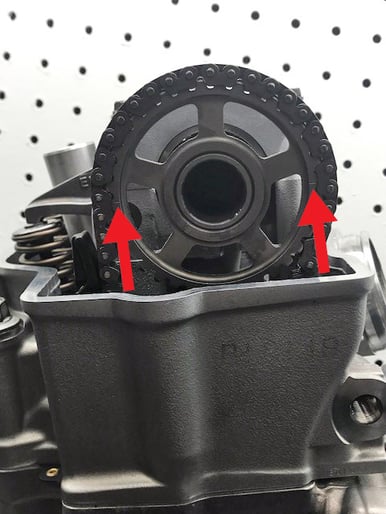
Timing marks will vary by model, but are used to indicate proper timing when the engine is at top dead center. Referencing where these marks should be in your owners manual can help determine if there's an issue as well as help you get it set properly during reassembly. - Chain slack – If your engine utilizes a dual cam design, the tension in the cam chain between the cam gears can be felt by pulling up on the chain and pushing down on it. A metal rule, caliper, or even tape measure can be used to measure how much slack is in the chain. This method is especially helpful if you baseline a new chain and monitor the slack throughout the chain’s life. The other opportunity for assessment with this check is to confirm if the chain has elongated unevenly. This can be checked by observing the slack between the cam gears in several different crankshaft positions. A helpful tip to confirm where you’re at with respect to the chain is to mark one of the chain links with a marker.
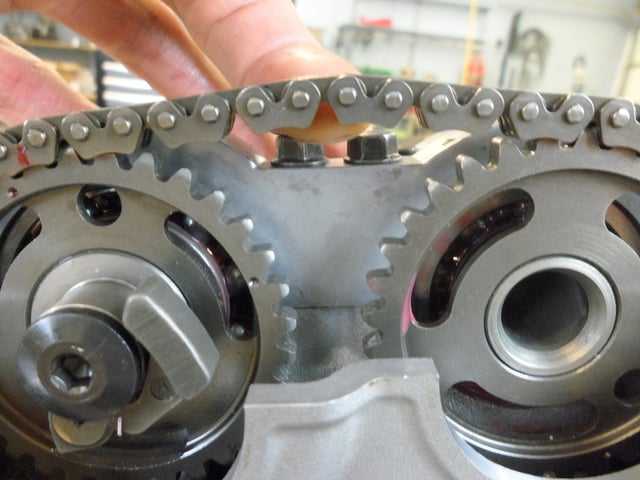
If you'd like to take the diagnostics a step further to be sure, or even just to learn, the next handful of diagnostic checks require the chain to be removed, and a new chain is available.
- Pin-to-pin measurement - Measuring the length of the cam chain across a given number of chain links can quantify how much the chain has worn. To do this, note how many cam chain pins span across the cam gears on your engine. Use this number as a benchmark so that you have an easy way to quantify the chain length while the chain is installed on the engine. With a new cam chain installed and tensioned, measure the length of the chain across the predetermined number of chain links. Over the course of operation, use this measurement as a reference and compare it to subsequent measurements to quantify chain elongation.
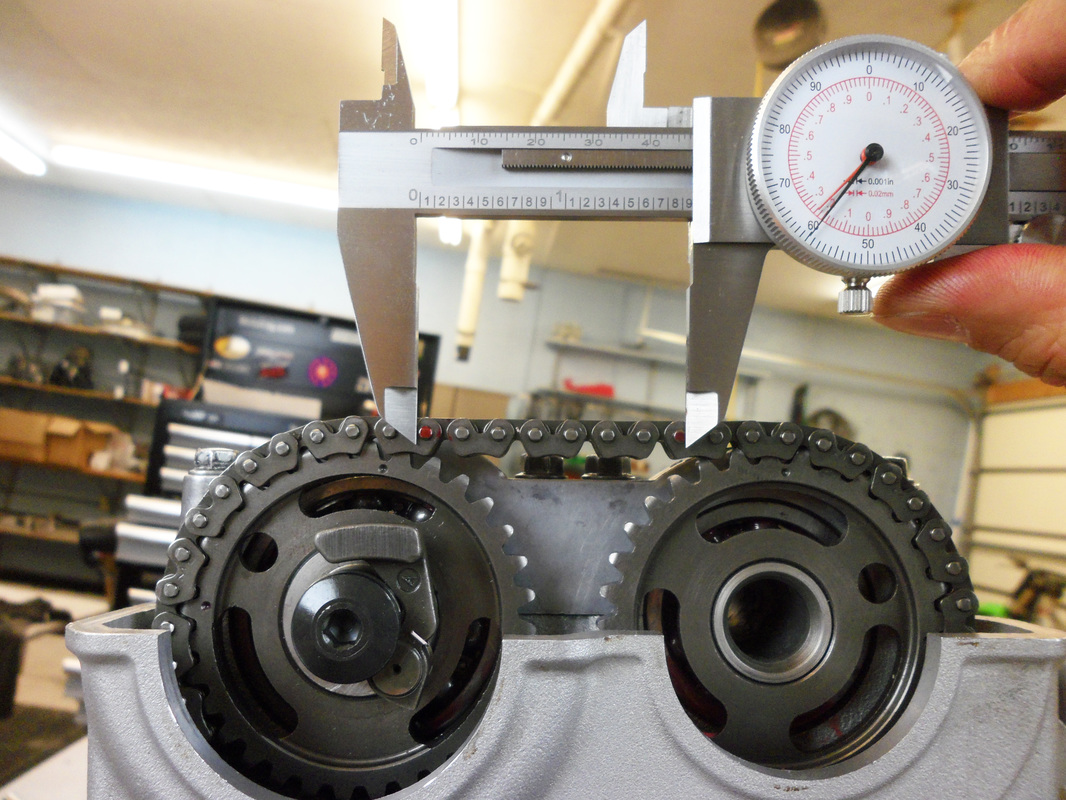
Photo: DIY Moto Fix
- Cam chain tensioner position - The design of some chain tensioners permits the amount the tensioner has extended to be observed. With a new chain on hand, a baseline extension value can be found, and the amount the tensioner extends throughout the chain’s life can be monitored.
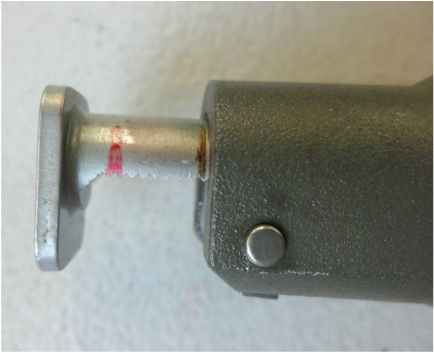
Photo: DIY Moto Fix
- Chain comparison - The amount of flexibility between a new and old chain can show just how loose and long a used chain has become.
Cam Chain Replacement Tips
If you’re performing some valvetrain maintenance, installing a fresh piston, or other top end work, it’s always good insurance to replace your cam chain. To replace your cam chain, you should have your machine’s factory service manual on hand. The service manual will precisely outline the necessary steps required to remove and install a new cam chain. Here are some essential tips to keep in mind as you perform the job.
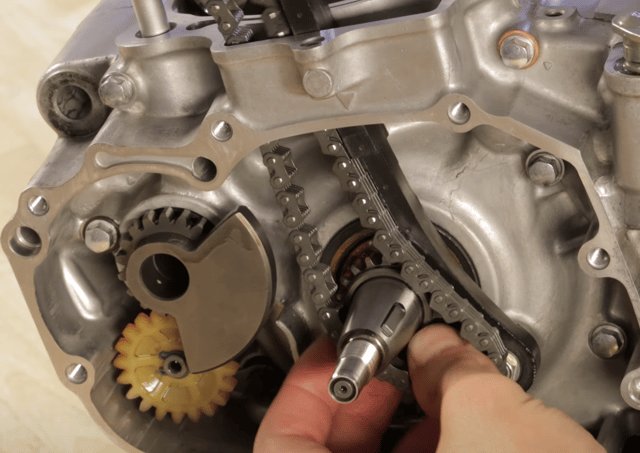
- Once you're new chain is secured the crankshaft and the PTO side is back together, secure the chain with a zip-tie or piece of wire until you're ready to put the head on and camshaft in.
- If the chain does happen to fall in the chaincase, a pen magnet works great to get it out.
- Be sure to reinstall any necessary chain guides after fitting a new cam chain. Do not rotate the engine over with the chain wadded up!
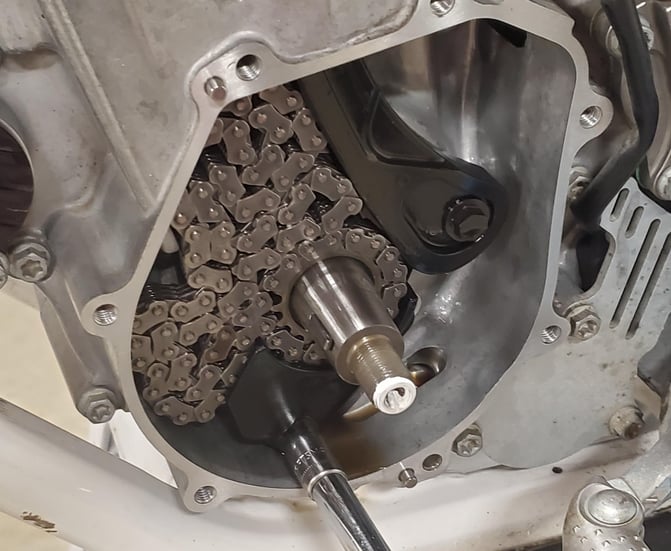
- The most critical aspect of cam chain replacement to get right is correctly timing the valvetrain. Setting the engine’s timing is not hard but does require following the instructions precisely. Once the timing is set, rotate the engine over at least two full crankshaft rotations to ensure the engine turns over freely. Rotating the engine over this way also allows the chain tensioner to settle in and find its initial set point.
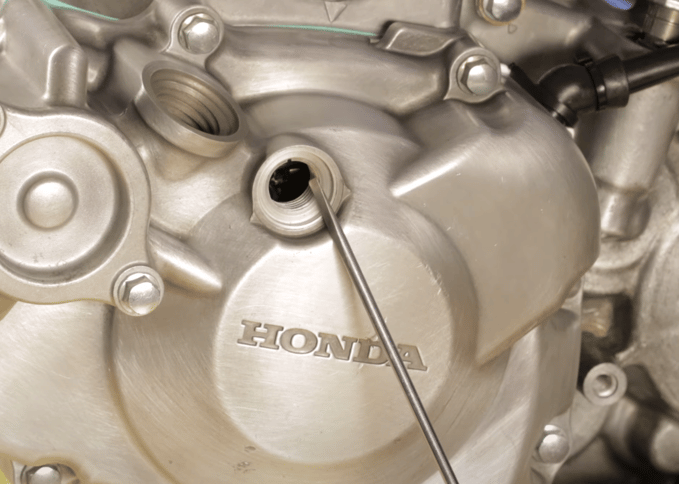
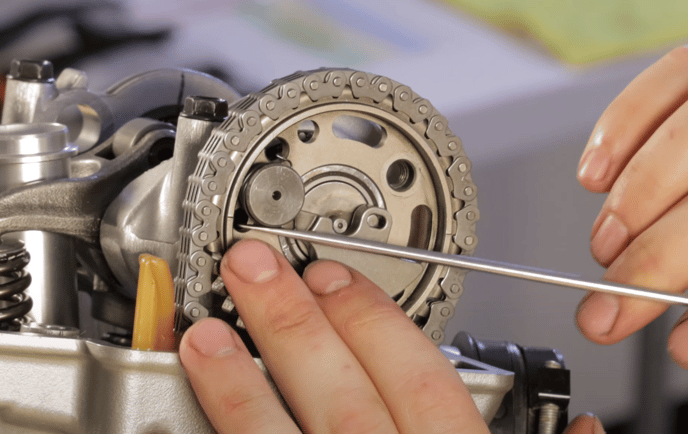
Getting a New Cam Chain
ProX knows just how important the cam chain’s role is and takes its manufacturing seriously. ProX cam chains are manufactured through a partnership with Borg Warner, a highly reputable manufacturer of cam chains and other engine components, and a supplier to many OEMs. While ProX cam chains have the reliability and quality advantage of an OEM supplier, they also improve up on many OE designs. They utilize an 'M-style' link design which results in higher tensile strength and better fatigue life. Improved design, OEM-level materials and manufacturing, and a fair price - how could you go wrong?

